Wine-making expertise
The process of making wine begins with the harvesting of grapes, which are then crushed and fermented to produce the base of the wine. During this process, yeast consumes the natural sugars in the grapes, converting them into alcohol. The resulting liquid, known as “must,” is then placed into barrels or tanks for the initial stages of aging.
As the wine ages, it is clarified through a process called “fining,” which removes any remaining solids or impurities. The wine is then transferred to oak barrels, where it is aged for a period of months or even years, depending on the desired flavor profile. The oak barrels can add flavors of vanilla, spice, and smoke to the wine, contributing to its complexity.
After aging, the wine is filtered to remove any sediment, blended with other wines for consistency or flavor, and finally bottled. The bottling process involves filling bottles with the wine, corking them, and applying labels.
Wine-making: Harvest red wine grapes
The process of wine production is a complex one, with various factors playing a crucial role in determining the quality and taste of the final product. Grapes used for red wine, for instance, must be fully ripened, and in some instances, wine grapes may require additional sugar to yield the desired sweetness. Techniques employed by winemakers can also significantly impact the final taste of the wine, with some methods resulting in sweeter table wines.

The timing of the harvest also plays a critical role in wine production, as the quality of the grapes can be heavily impacted by harvesting at the wrong time. Harvesting too early or too late can lead to a less flavorful wine or one that is too tart. The method of harvesting can also vary, with some winemakers opting to cut grapes by hand while others may use mechanical systems to shake or snap the grapes from their stems.
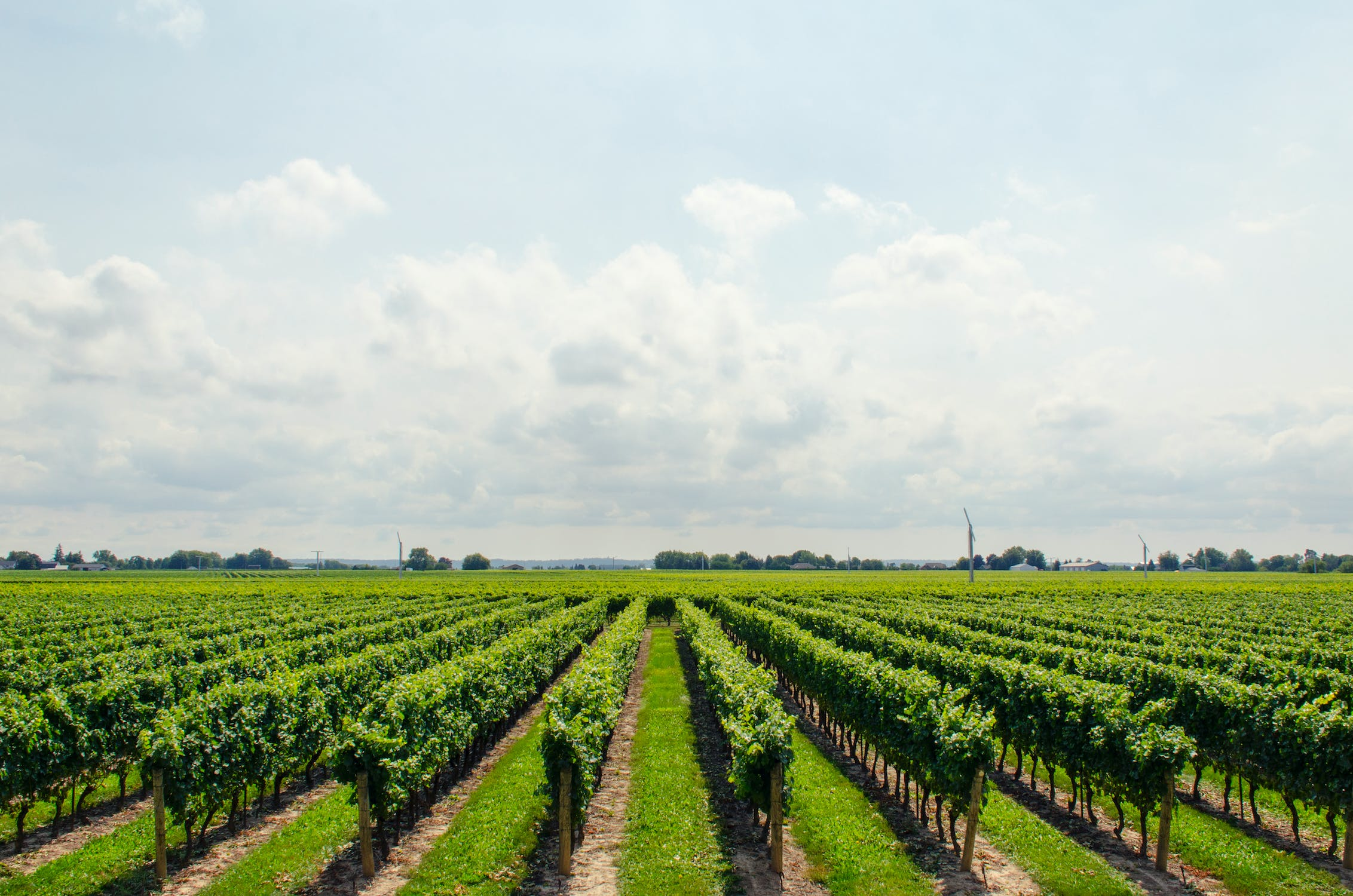
Once harvested, the grapes are transported to the winery and loaded into crushers for processing. This stage involves separating the juicy pulp, skins, and other solid components from the grapes, which are then fermented with yeast to begin the process of turning the sugars in the crushed grapes into alcohol.
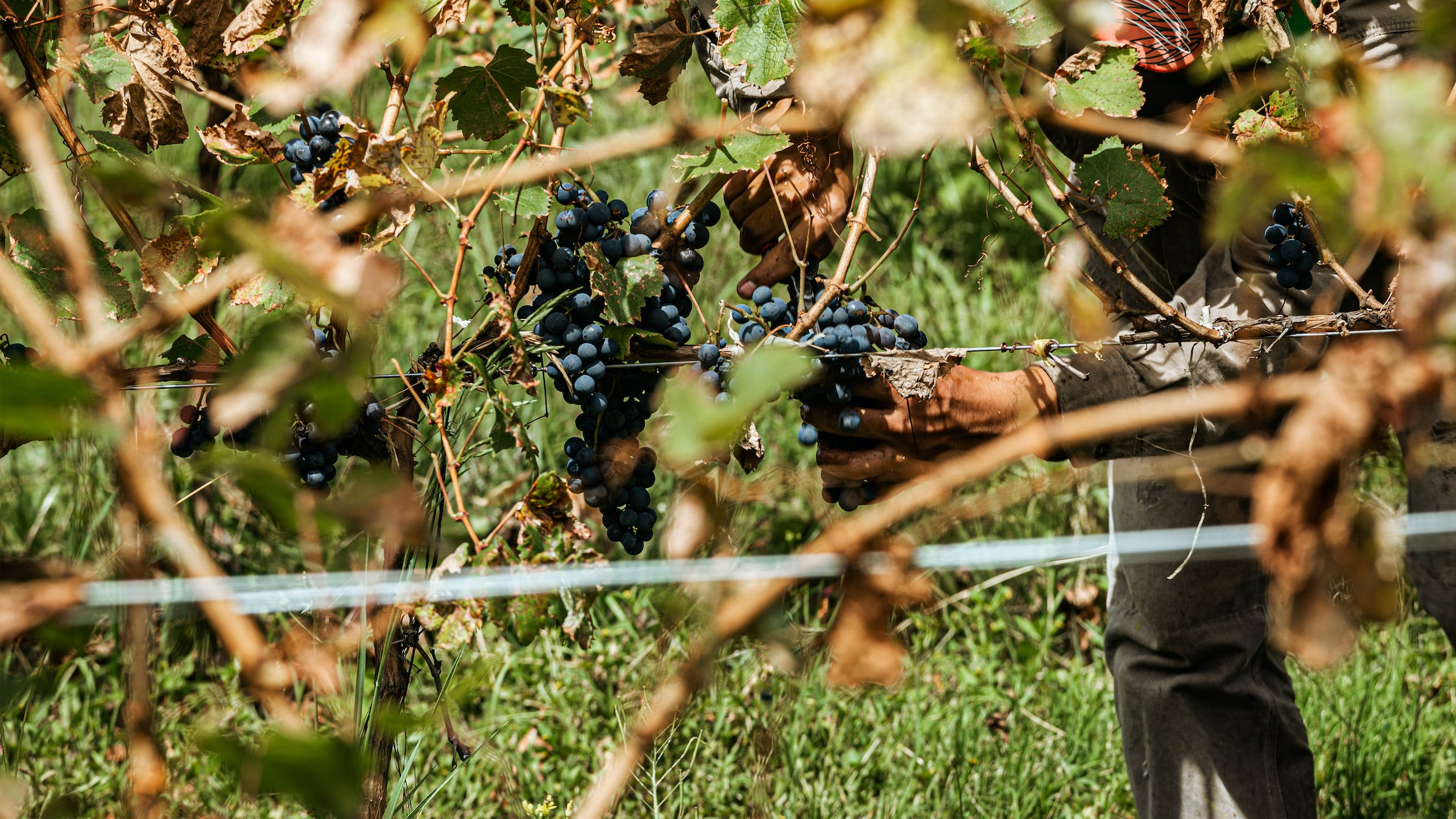
The resulting mixture is then aged in oak barrels or stainless steel tanks, giving the wine its distinct flavor and aroma. All of these factors, along with the winemaker’s skill and experience, play a role in the creation of the final product, making each bottle of wine a unique and complex creation.
Wine-making: Prepare grapes for fermentation (crushing)
The process of preparing grapes for fermentation involves crushing them using a crusher-stemmer which comprises of perforated cylinders and paddles. The equipment rotates at a speed of 600 to 1,200 revolutions per minute.
In some instances, pressing is carried out instead of crushing to extract white juice. For red wines, whole grapes are introduced into tanks which facilitate respiration and enhance color extraction. This process is essential as it helps to release the juice from the grapes and break down the cell walls to extract the juice.
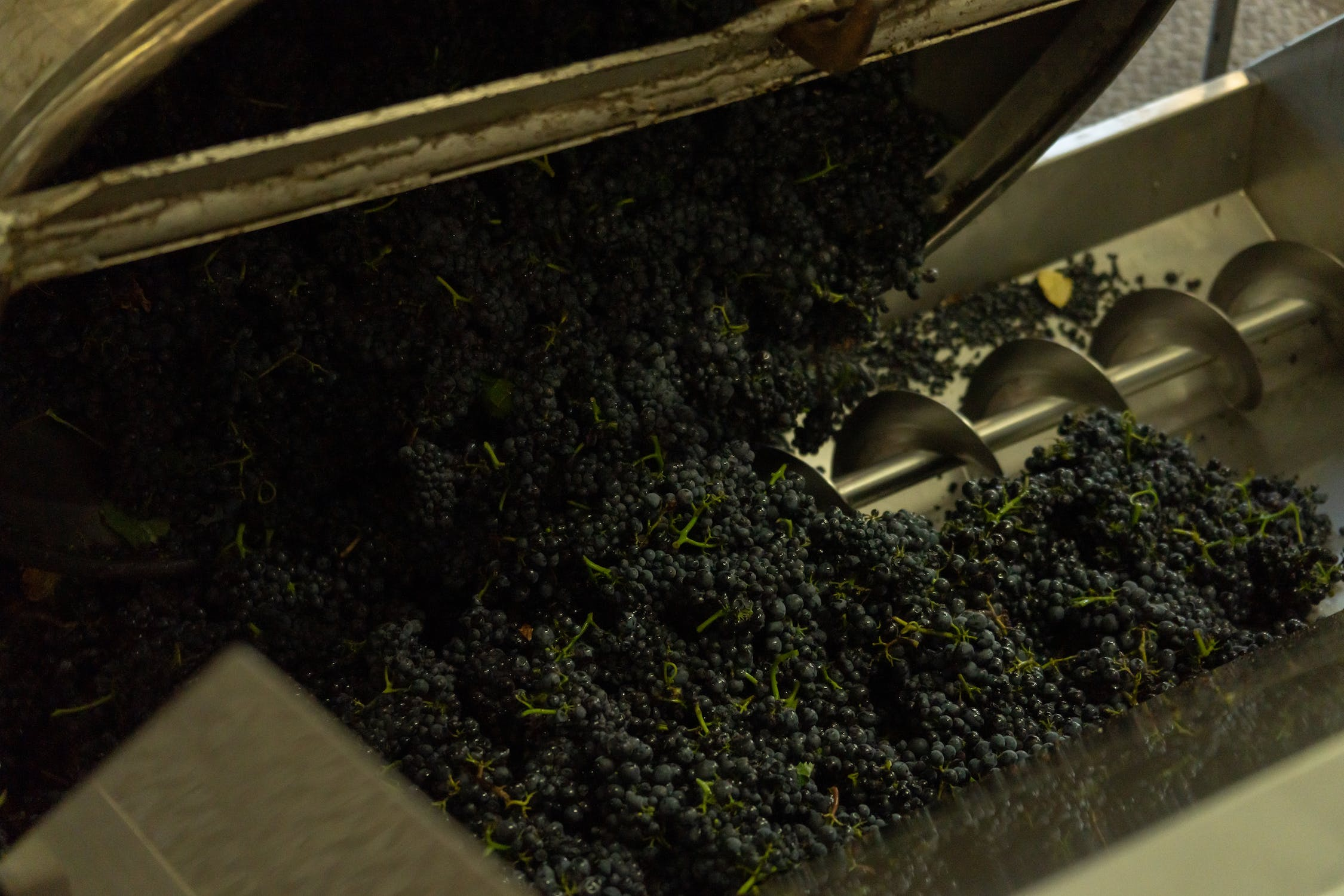
The crusher-stemmer can be adjusted to control the amount of pressure applied to the grapes to ensure maximum juice extraction.
Additionally, the equipment also separates the stem from the grape, which can negatively impact the taste of the wine if not done correctly. The tanks used for red wines are designed to control the oxygen levels to facilitate the fermentation process, which is crucial in determining the final flavor profile of the wine. The respiration process also enhances the extraction of tannin, which contributes to the wine’s structure and texture.
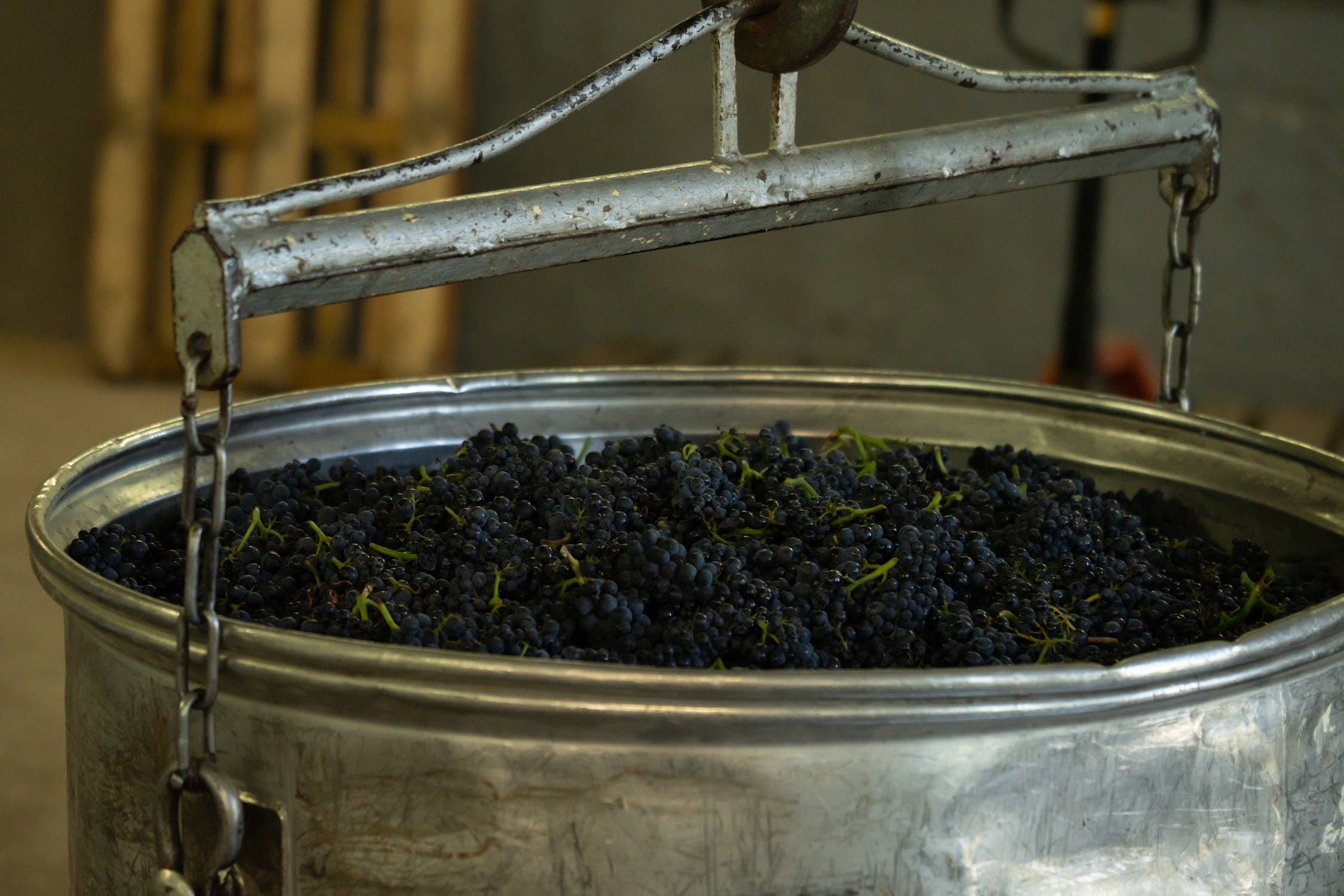
Overall, the preparation of grapes for fermentation is a crucial step in the winemaking process, and attention to detail is critical to achieving the desired result.
Juice separation (grape juice)
The process of winemaking involves various techniques to extract juice from different types of grapes. For white grapes, the juice is separated from the skins and seeds by crushing. On the other hand, free-run juice is obtained by using a container that has a false bottom or false sides, or through pressing the grapes. This method is often used for white grapes and results in a more delicate and fresh character in the wine.
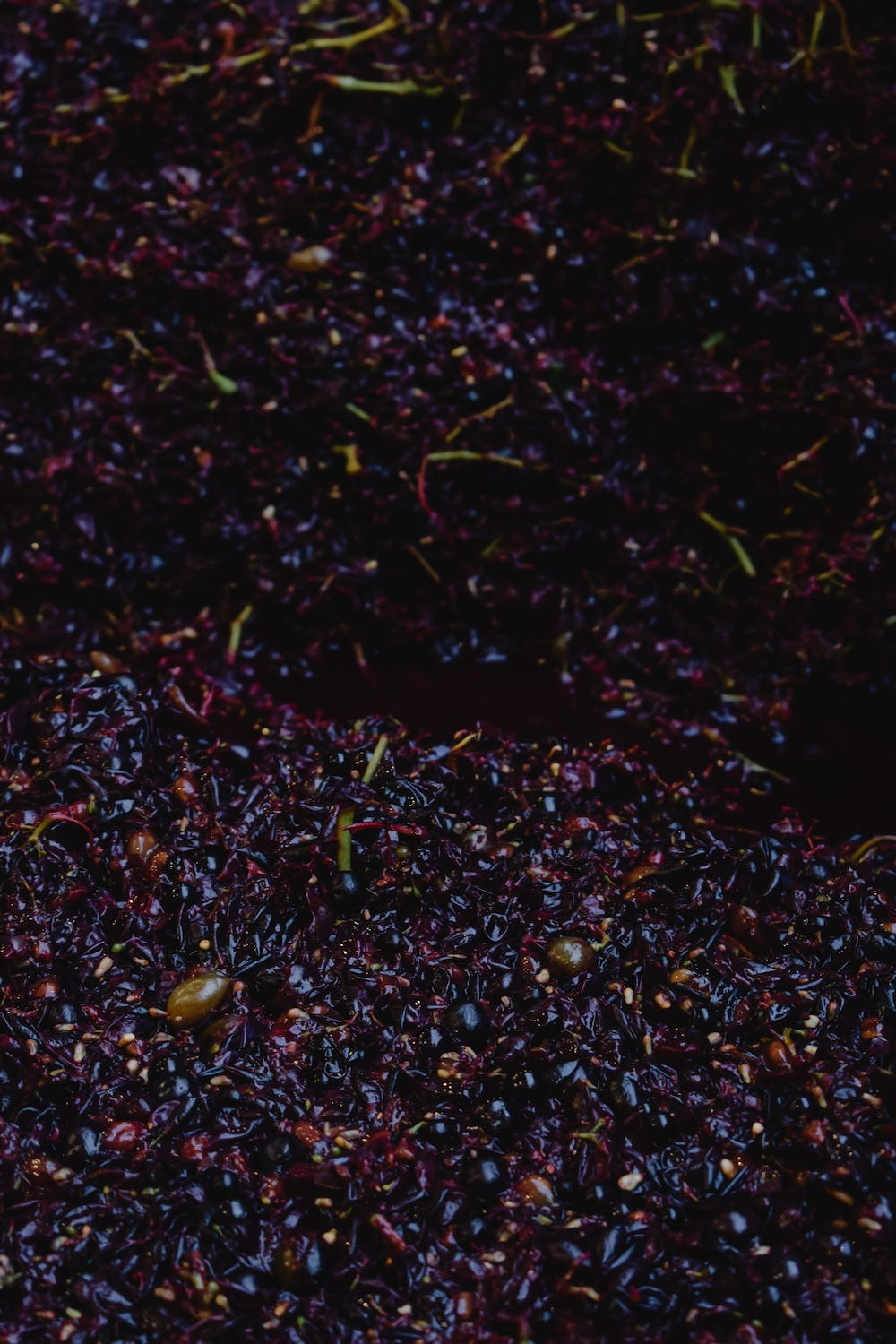
In the case of red wines, the fermentation process involves the skins, seeds, and juice together, which results in a deeper color and fuller body. After fermentation, the separation process is easier as the solids sink to the bottom of the tank. This method is known as maceration and is responsible for the tannins and complexity found in many red wines.
Even after the juice of wine grape has been extracted, there is still a useful byproduct in the form of drained pomace. This pomace can be used as a distillate for the production of wine spirits, such as grappa or brandy. This method allows winemakers to utilize every part of the grape and minimize waste, contributing to a more sustainable winemaking process.
Must treatment
The clarification of white musts is a crucial step in winemaking. Turbid and cloudy white musts are often settled to separate suspended materials. Sulfur dioxide can be added to inhibit the growth of unwanted microorganisms responsible for fermentation. Lowering the temperature can also help prevent undesirable fermentation.
Additionally, centrifuging is used to remove any remaining solids from the must, resulting in a clear and pure liquid.

To further improve the quality of musts, winemakers use various techniques to reduce nitrogen content and clarify the must. Musts may be pasteurized or treated with bentonite, a type of clay that is effective in binding and removing proteins and other particles that cause turbidity. These methods result in a clean and bright must, making wine ideal for the production of high-quality wines.
In addition to the above, heat treatment of red musts is another popular technique in winemaking. This process extracts color and deactivates enzymes, which is particularly desirable for the production of sweet red wines or grapes affected by Botrytis cinera. Heat treatment not only improves the color of the wine, but also stabilizes the must by reducing the risk of unwanted fermentation. With all these methods, winemakers can ensure the quality and consistency of their products.
Glenbosch Wine Estate
The place where memories are made.
Wine-making: Yeast starts the wine fermentation
Wine fermentation is a complex process that initiates with the metabolism of yeasts, which break down grape sugars and convert them into alcohol. These microorganisms can be obtained from a commercial packet or naturally occurring on the grape skins, where they reside in an abundant and diverse population. The choice of yeast has a significant impact on the resulting wine, as it determines the flavor, aroma, texture, and other characteristics that give each varietal its unique identity.

Commercial yeasts are genetically engineered strains that have been selected for their predictable and consistent performance under different winemaking conditions. They are typically designed to produce a specific flavor profile that matches the desired style or market preference, such as fruity, spicy, creamy, or oaky. The advantage of using commercial yeasts is that they provide winemakers with greater control over the fermentation process, allowing them to achieve more reproducible results with minimal risk of spoilage or off-flavors.
On the other hand, natural yeasts can offer a more diverse and nuanced range of aromatics and flavors, as they reflect the local terroir and seasonal variations. These wild strains are less predictable and can introduce more complexity and depth to the wine, but also carry a higher risk of contamination or undesirable traits. Natural fermentation requires a more hands-off approach, relying on the inherent microbiome of the grapes and the winery environment to facilitate the process.
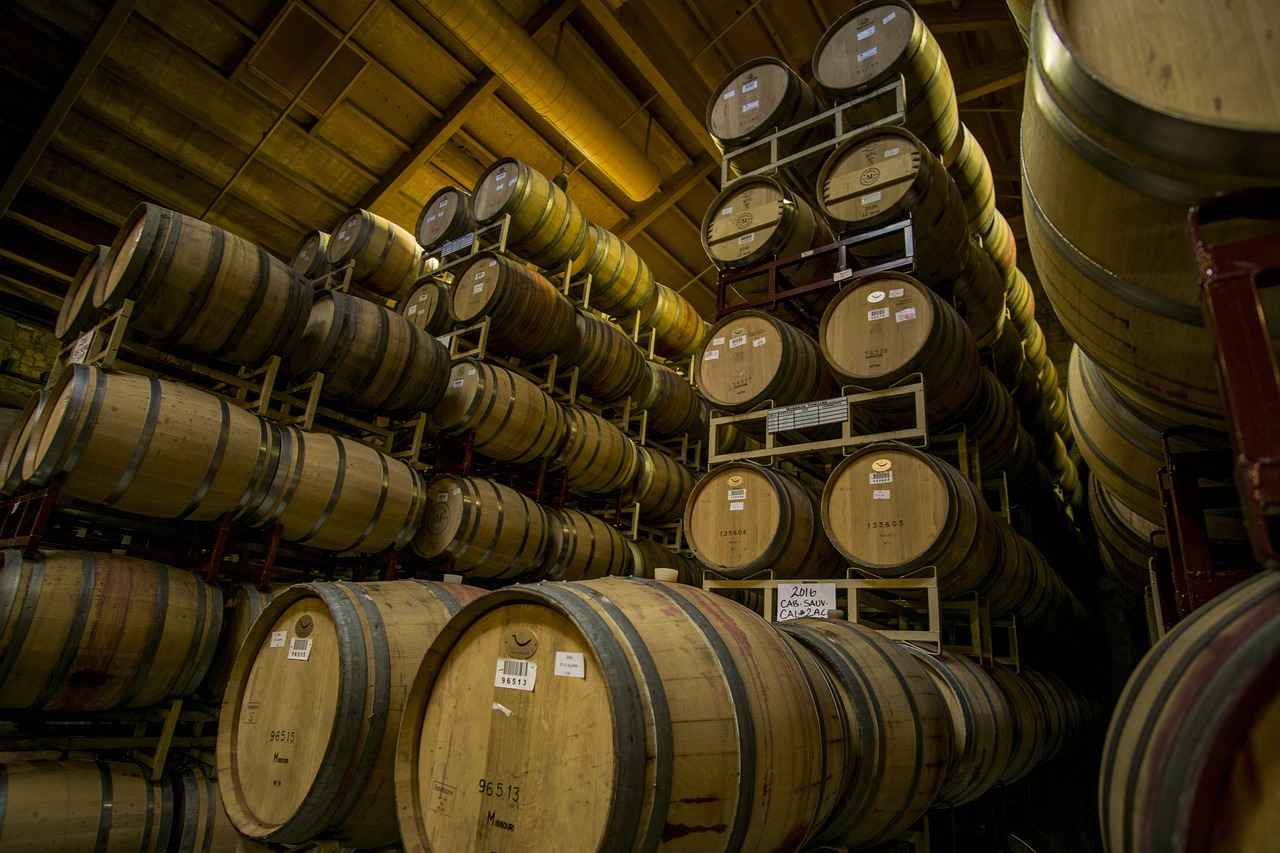
The choice of yeast is a critical factor in wine fermentation, and the decision between commercial and natural strains involves trade-offs between consistency and creativity, control and spontaneity, and tradition and innovation. The ultimate goal of winemaking is to create wines that express the unique essence of the grape and the region, while providing a memorable sensory experience for the consumer.
Alcoholic fermentation (primary fermentation)
Producing high-quality wine through alcoholic fermentation requires careful control of several factors. First, unwanted microorganisms must be suppressed, while desirable yeasts must be present to achieve the desired fermentation. Proper nutrition for yeast growth, temperature control, and prevention of oxidation are also critical for the success of the fermentation process.
The efficiency of Saccharomyces cerevisiae in converting sugar to alcohol makes it the preferred yeast for wine production. This strain is also less sensitive to the inhibiting effect of alcohol, which allows for better fermentation outcomes.
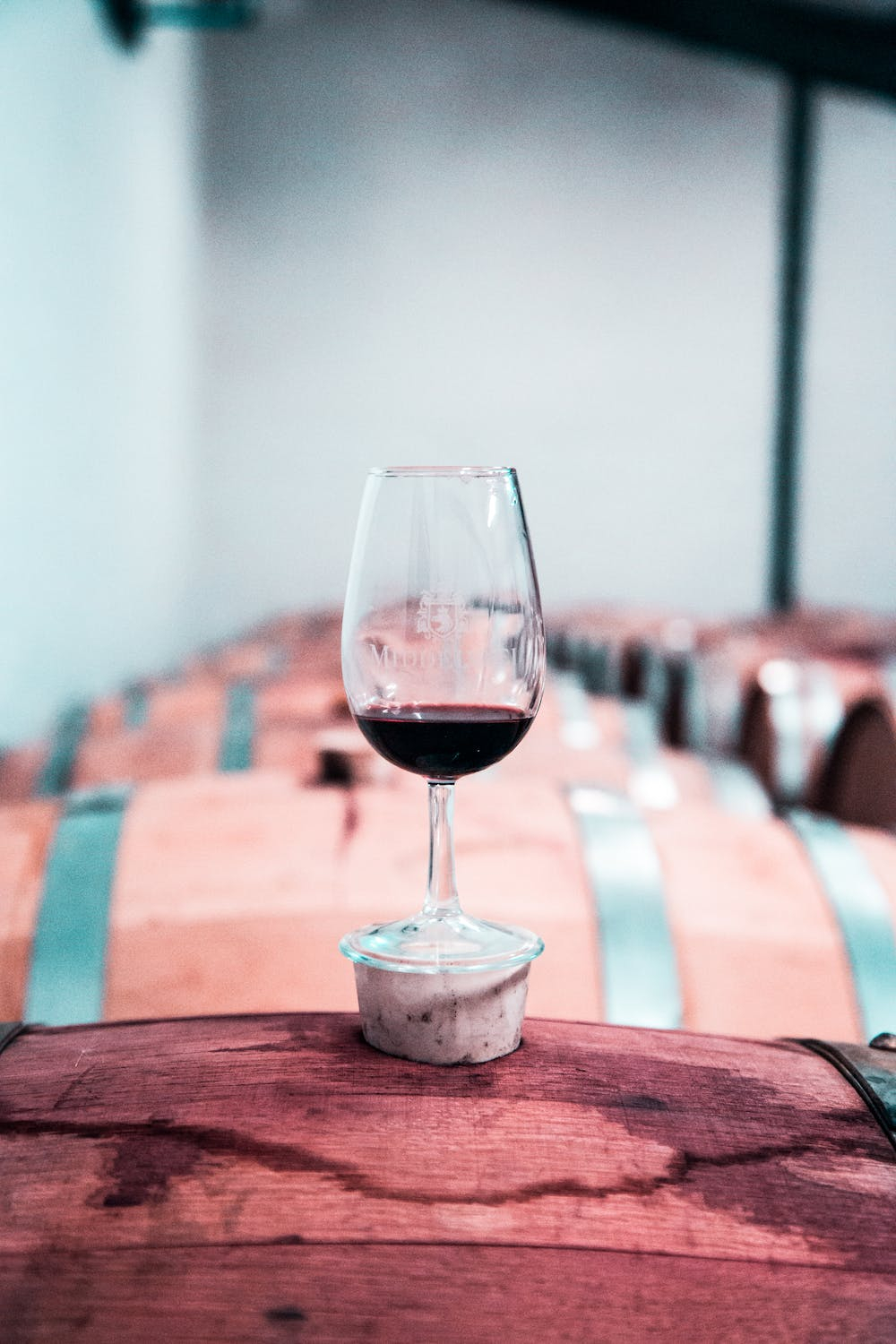
To ensure efficient fermentation, winemakers commonly use sulfur dioxide to suppress undesirable microorganism growth. It’s also crucial to add a pure yeast strain or pressed yeast with at least 1-3 million cells per millilitre. Temperature control is also crucial in fermentation, as it influences yeast growth and the accumulation of desirable by-products. Moreover, preventing the temperature from climbing too high is vital as excessive heat can kill yeast cells.
When producing red wine, limiting air contact is essential. Winemakers submerge the cap of skins at least twice a day during the fermentation process to avoid issues such as rising temperatures and acetification. Careful management of these factors underpins the success of the fermentation process, leading to exquisite wine with enhanced flavor profiles and marketability.
Postfermentation treatment
After alcoholic fermentation, postfermentation treatment begins, which is a crucial step in winemaking. This process typically starts 10-30 days after the fermentation process ends. The first important step in postfermentation treatment is racking. Racking is a process that separates the wine from lees sediment, which accumulates at the bottom of the container. This sediment is composed of dead yeast cells and other particles, and if left in contact with the wine, it can negatively affect the finished wine it’s aroma and flavor.
Topping is another important task in postfermentation treatment. Regular topping of wine is necessary to keep the containers full, as evaporation can occur during the winemaking process. If the containers are not regularly topped, oxygen may enter the container, causing oxidation and spoilage of the wine.
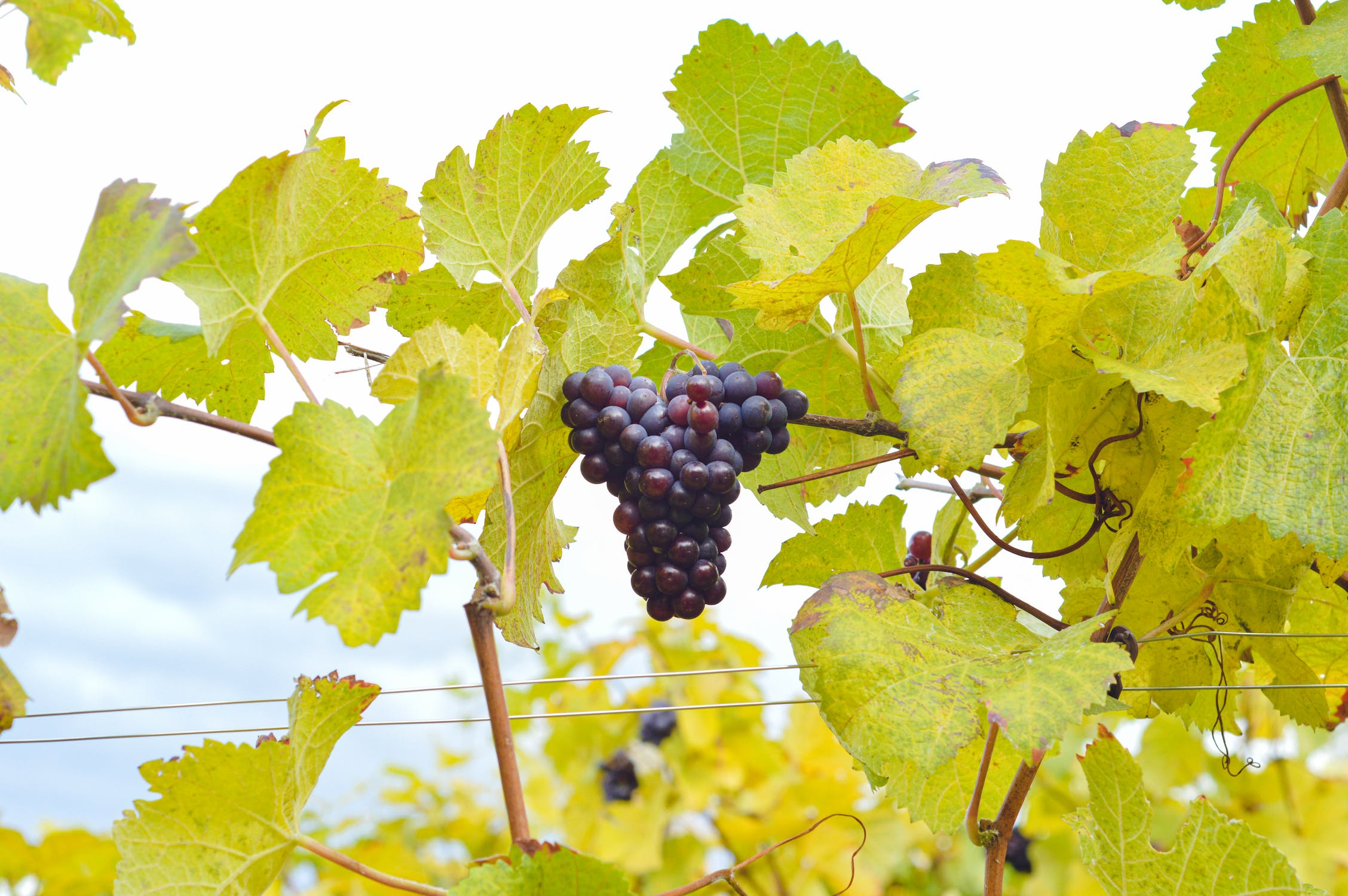
In warm climates or cellars, early racking may be necessary to prevent the autolysis of yeasts, which can result in off-odors. Autolysis happens when yeast cells break down, releasing enzymes into the wine, which produce undesirable aromas and flavors. The timing of racking is critical, and winemakers must monitor the wine closely to determine when is the optimal time to rack.
Wines of high total acidity can remain in contact with lees for up to 4 months. This period allows malolactic fermentation to occur, which is induced by lactic-acid bacteria. During this process, bacteria consume malic acid and convert it into lactic acid, which results in a softer, smoother wine with a creamy mouthfeel. This step is often used for red wines to help balance the high acidity commonly found in these wines.
In conclusion, postfermentation treatment is a vital step in winemaking. By employing processes like racking, topping, and monitoring wine closely, winemakers can create wines with desirable aromas, flavors, and mouthfeel.
Malolactic fermentation (secondary fermentation)
Malolactic fermentation is a crucial process in the production of wine. It involves the breakdown of malic acid, which is a tart and acidic compound found in grape must, into lactic acid and carbon dioxide. This process is initiated by specific types of lactic-acid bacteria that produce enzymes that catalyze the reaction.
Winemakers across different regions and grape varieties have varying approaches to controlling the amount of malolactic fermentation that occurs in their wine. This can be used to create different nuances of flavors, aromas, and mouthfeel in the resulting wine, based on the winemaker’s desired style.

The process of malolactic fermentation can be slowed down by low temperatures, which can be problematic in some cellars that do not have either proper climate control or heating sources. Some cellar management strategies include using steam pipes to raise the temperature to optimize malolactic fermentation.
However, the growth of lactic-acid bacteria is dependent on the availability of essential amino acids, which can be found in the grape must. In contrast, high levels of sulfur dioxide, which is a common wine preservative, can inhibit the growth of these bacteria; hence, it is necessary to strike a balance between the addition of sulfur dioxide and the maintenance of an appropriate level of lactic-acid bacteria.
Overdoing malolactic fermentation can produce undesirable odors and a flat taste, which generally occur when there is an excessive concentration of diacetyl, a fermentation byproduct. These off-notes can be addressed through wine-making techniques such as racking, filtration, and addition of sulfur dioxide as a preservative to ensure that the wine retains its desired characteristics.
Wine-making: Clarifying the wine
Clarification is a crucial process in the production of high-quality wine. It involves removing any suspended material that may cause the wine to remain cloudy or hazy. To achieve this, winemakers use several clarification techniques, including fining, filtration, centrifugation, refrigeration, ion exchange, and heating.
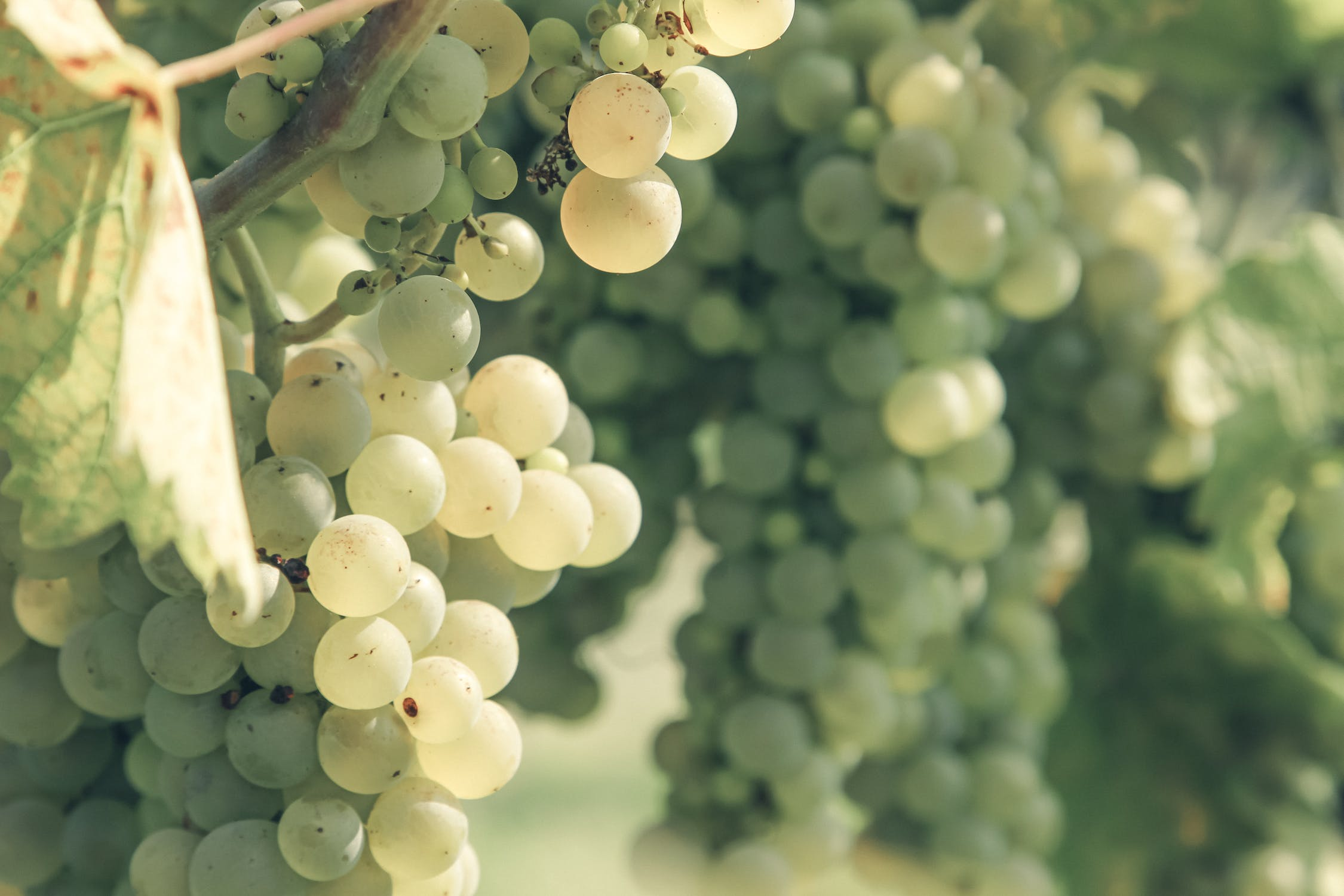
Fining is a method that involves adding a clarifying agent to the wine, which binds to the suspended particles and causes them to settle at the bottom of the container. Filtration, on the other hand, uses a series of filters to remove any unwanted material, including yeast, bacteria, and any other impurities. Centrifugation is a rapid clarification process that uses centrifugal force to separate the solids from the liquid.
Refrigeration is a slow and natural clarification process that involves cooling the wine to low temperatures, causing any suspended particles to settle to the bottom. Ion exchange involves passing the wine through a resin filter that attracts and removes any unwanted particles. Lastly, heating is a process where the wine is heated to a specific temperature, causing a coagulation of the suspended particles.
Interestingly, wooden barrels have a greater surface-to-volume ratio than stainless steel tanks, enabling quicker clarification of the supernatant wine. As the wine ages in the barrel, the wood’s natural porosity allows for small amounts of oxygen to enter, which helps to soften the tannins and remove any unwanted compounds. This process ultimately yields a more refined, clarified wine that is a delight to the palate.
Glenbosch Wine Estate
The place where memories are made.
Wine-making: Fining
Fining is a traditional winemaking method that has been around for centuries. Its purpose is to clarify wine and improve its overall stability. The practice involves adding a substance to the wine that helps to remove unwanted particles and compounds. This process involves various mechanisms such as adsorption, chemical reaction, and physical movement.
Bentonite is a commonly used fining agent that has replaced other fining agents such as gelatin, casein, and isinglass. Bentonite is a natural clay that is highly effective in removing unwanted particles from wine. It is also gentle on the wine, leaving no residual flavors or aromas.
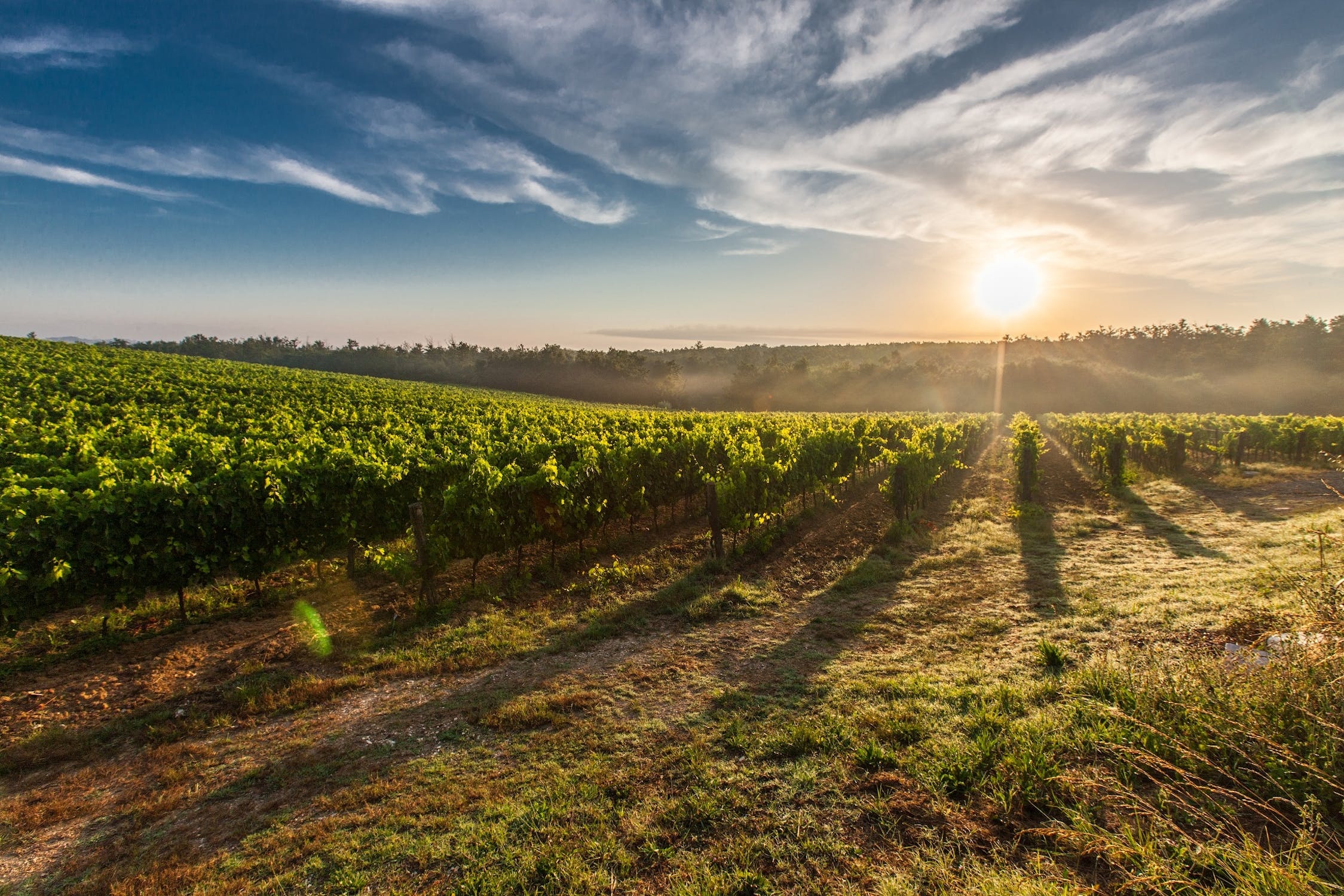
In certain cases, winemakers use special fining materials such as potassium ferrocyanide and phytates to remove metals from the wine. These metals can come from various sources such as the vineyard, the equipment used in winemaking, or the packaging materials. These fining agents selectively bind with the metal ions, allowing them to be removed from the wine.
To reduce the excessive metal content in wine even further, modern winery operations use stainless steel equipment. Stainless steel is an ideal material for winemaking as it is non-reactive and does not contribute to unwanted compounds in the wine. It also allows for easy cleaning and maintenance, ensuring that the wine remains pure and uncontaminated.
Wine-making: Filtration
Filtering has been practiced for centuries, with advanced techniques and materials making their way into the industry over time. In modern times, filter pads made of cellulose fibres or membrane filters are commonly used for the purpose of filtering. These filters are designed to have a pore size that is small enough to remove yeast cells and most types of bacterial cells.
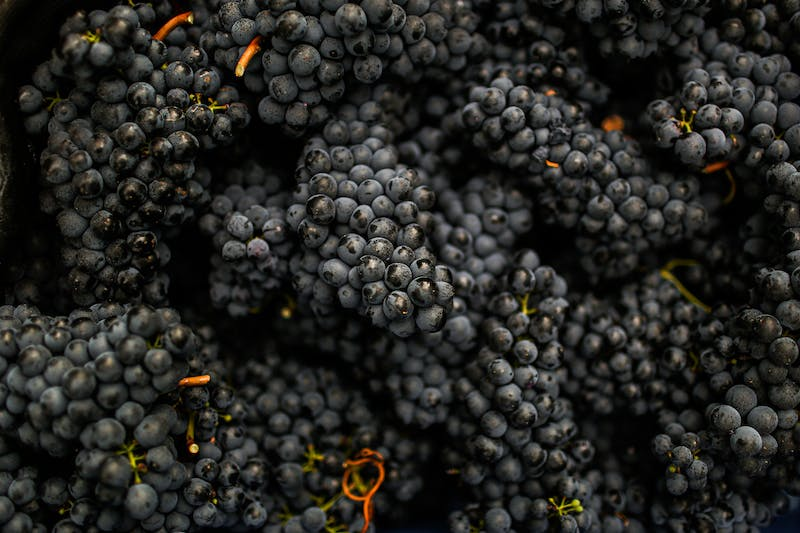
To further optimize the filtration process, filter aids such as diatomaceous earth are often included in filter pads. These aids help to prevent clogging, thereby extending the filter’s lifespan. Overall, filtering is an essential technique that plays a crucial role in various industries such as food processing, wastewater treatment, and pharmaceutical production. With the increasing demand for high-quality products, filtration methods are constantly being refined to deliver optimal results with enhanced efficiency and precision.
Wine-making: Centrifugation
Centrifugation is a widely-used technique in winemaking that involves high-speed spinning to separate solids from liquids in musts and wines. This process is critical for achieving clarity and ensuring a consistent quality of the final product. However, it requires a high level of precision to prevent unwanted effects, such as oxidation and alcohol loss, which can alter the taste, color, and aroma of wines.
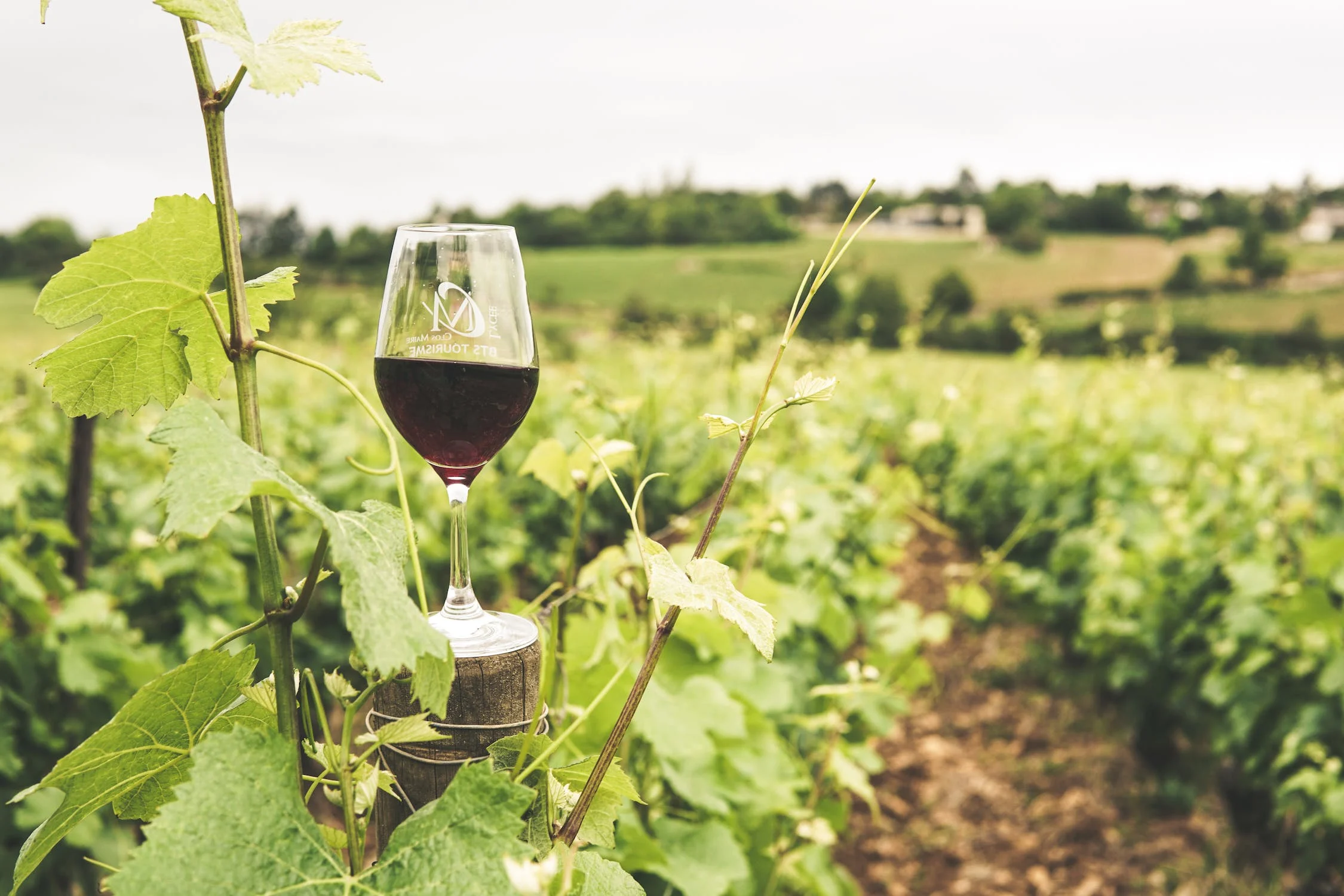
To achieve optimal results, winemakers carefully control the variables involved in the centrifugation process, such as the speed, temperature, and duration of spinning, as well as the choice of equipment and materials. They also monitor the quality of the musts and wines before and after centrifugation, using specialized tools and techniques to measure various parameters, such as acidity, pH, sugar content, and phenolic compounds.
Despite its benefits, centrifugation is not without drawbacks, as it can remove not only unwanted solids but also beneficial components, such as yeasts, bacteria, and enzymes, that play a crucial role in the fermentation and aging of wines. Therefore, winemakers need to balance the advantages and disadvantages of centrifugation and consider alternatives, such as filtration or settling, depending on the specific goals and characteristics of each wine.
Glenbosch Wine Estate
The place where memories are made.
Wine-making: Refrigeration
Keeping wine at a lower temperature is crucial to its clarification process. When the temperature is lowered, it limits the growth of yeast and the evolution of carbon dioxide, which is essential for clearing the wine.

To achieve this, temperature is typically lowered to 19-23°F for a period of 1-2 weeks, which rapidly triggers the precipitation of potassium acid tartrate.
This process helps to remove any cloudiness in the wine and allows it to reach a desirable clarity. With the aid of refrigeration, the wine is preserved and can be enjoyed at its optimal quality.
Wine-making: Ion exchange
Ion exchange is a popular technique employed in the wine stabilization process to eliminate tartaric acid precipitates. The method involves passing a portion of the wine through an ion exchanger that is charged with sodium ions. As a result, the sodium ions interact with the tartaric acid ions, transforming them into highly soluble compounds that easily dissolve in the wine.
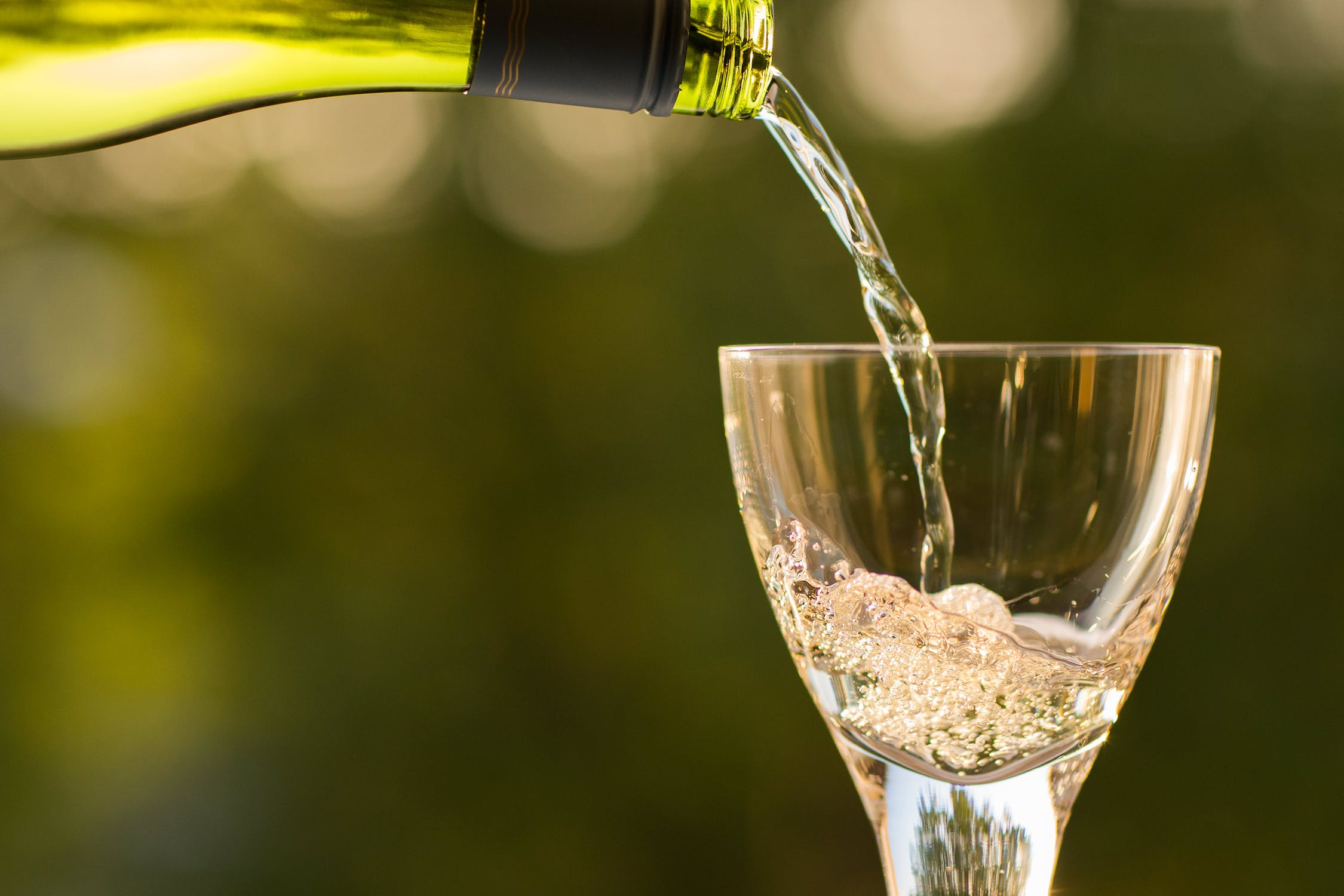
During this process, it is essential to consider various factors, such as the tartrate and potassium contents, as well as the pH of the wine. These variables are included in the calculation to ensure that the process is safe and effective.
However, it is essential to note that the use of ion exchange in wine stabilization is illegal in some countries. Despite its effectiveness, the method is prohibited in specific nations due to potential health risks associated with excessive sodium consumption. Thus, it is vital to verify the legality of the process before applying it in wine production.
Wine-making: Heating
During the process of wine making, the removal of unwanted proteins is a critical step. Different techniques can be utilized to achieve this, including heating, the use of bentonite, and pasteurization.
Heating is a widely used technique to aid in protein adsorption during winemaking. When wine is heated to a specific temperature, the proteins denature and become more susceptible to adsorption onto the wine’s precipitated solids. This technique is particularly useful in the clarification of white wines, where protein removal is of utmost importance to achieve optimal color, flavor, and aroma.
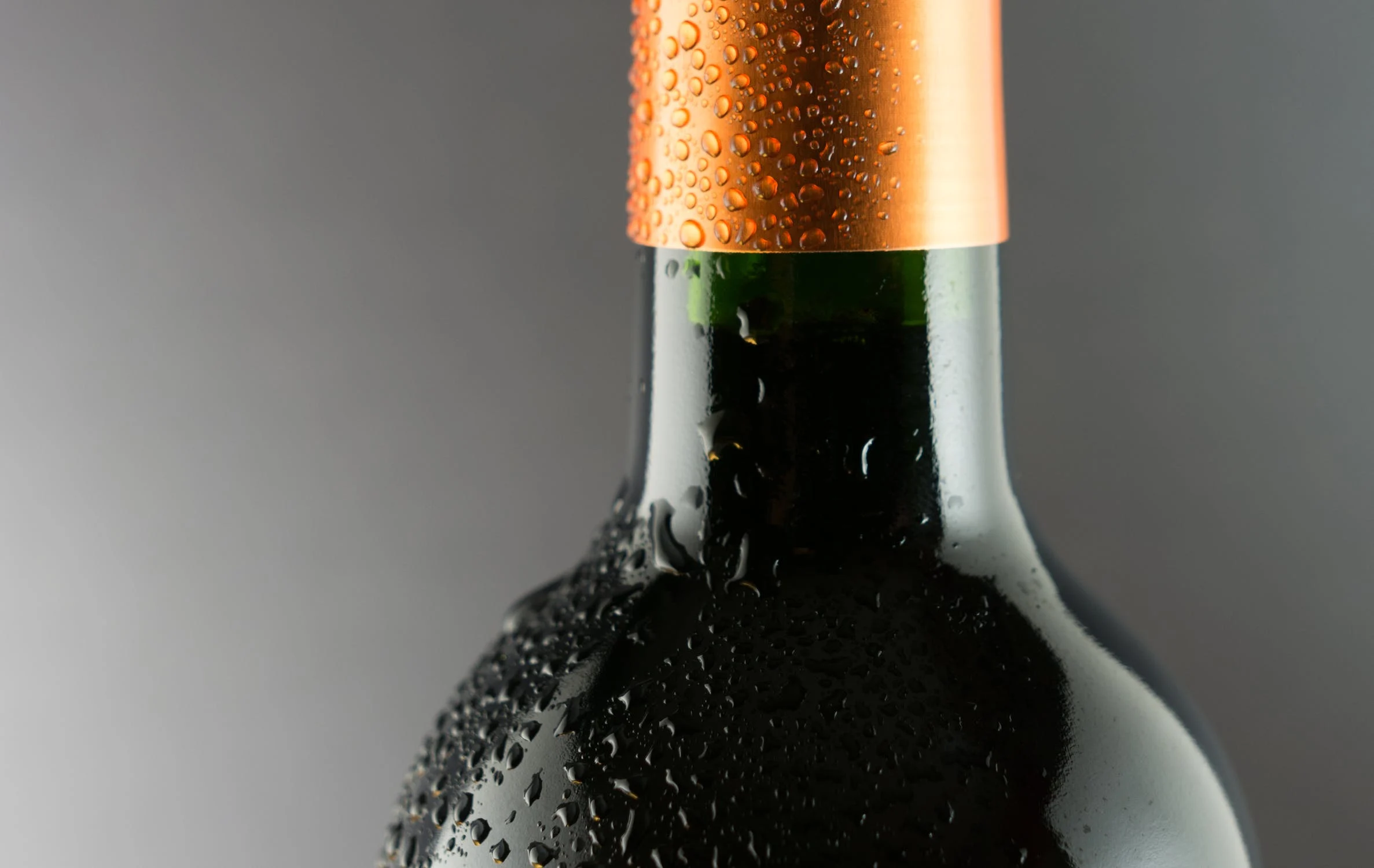
Bentonite, a type of clay, is another effective tool in protein removal. It works by adsorbing proteins due to its high surface area and the negative charge of its surface. During the winemaking process, bentonite is added to the wine, and the proteins in the wine bind to it, forming larger particles that can be easily removed.
Finally, pasteurization at high temperatures can also be applied to precipitate proteins. This process involves heating the wine to a temperature of around 65-70°C for a brief time period. During this time, the proteins undergo denaturation and eventually precipitate out of the wine. This technique is most effective when used in combination with bentonite.
Overall, the protein removal process is a critical step in producing high-quality wines. By carefully selecting and implementing one or more protein removal techniques, wine producers can achieve the desired clarity, flavor, and aroma of their wines.
Wine-making: Aging and bottling
When it comes to wine, one of the most important things is to minimize oxygen exposure. This is achieved through careful bottling and labeling procedures.
When it comes to wine, one of the most important things is to minimize oxygen exposure. This is achieved through careful bottling and labeling procedures. In addition, winemakers often add sulfur dioxide to their wines in order to aid in preservation. This compound helps to prevent the growth of harmful bacteria and extends the shelf life of the wine. Furthermore, certain wines are aged for years in the winemaker’s cellar, allowing for the complex flavors and aromas to develop over time. This aging process can range from just a few months to several years, depending on the variety of grape used and the desired taste profile. Ultimately, the careful handling and preservation techniques used in the wine industry ensure that each bottle delivered to the consumer is of the highest quality possible.
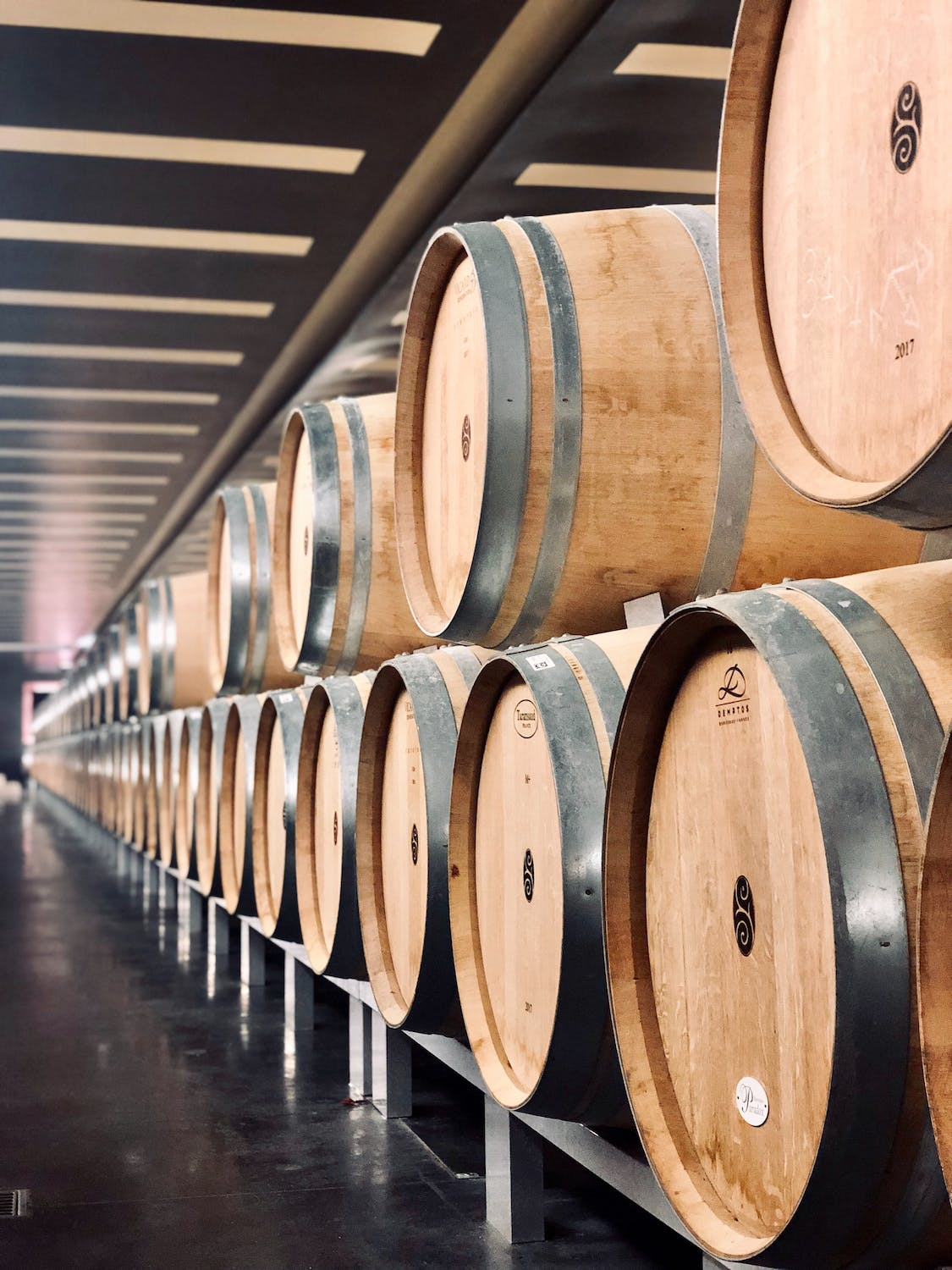
In addition, winemakers often add sulfur dioxide to their wines in order to aid in preservation. This compound helps to prevent the growth of harmful bacteria and extends the shelf life of the wine. Furthermore, certain wines are aged for years in the winemaker’s cellar, allowing for the complex flavors and aromas to develop over time.
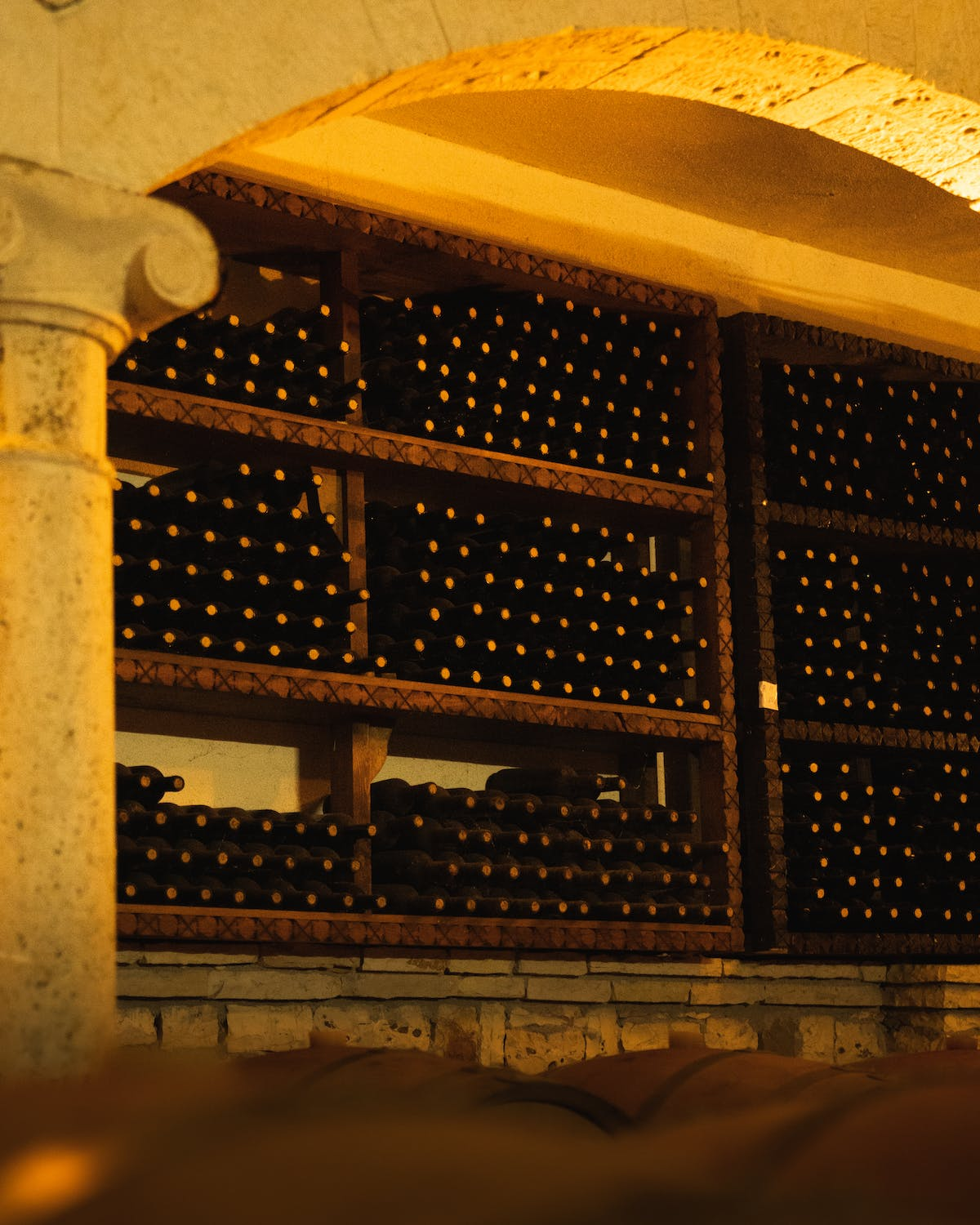
This aging process can range from just a few months to several years, depending on the variety of grape used and the desired taste profile. Ultimately, the careful handling and preservation techniques used in the wine industry ensure that each bottle delivered to the consumer is of the highest quality possible.
Conclusion
The process of making wine has remained largely unchanged for thousands of years. Despite modern technology and advancements in agriculture, the traditional methods of winemaking are still used in many regions around the world. This time-honored process is a testament to the art and craft of winemaking, and the dedication of the people who make it possible.
Also, you can have a look at this articles: A brief history of Champagne & sparkling wine, Rutherglen wineries: our 5 favorites,

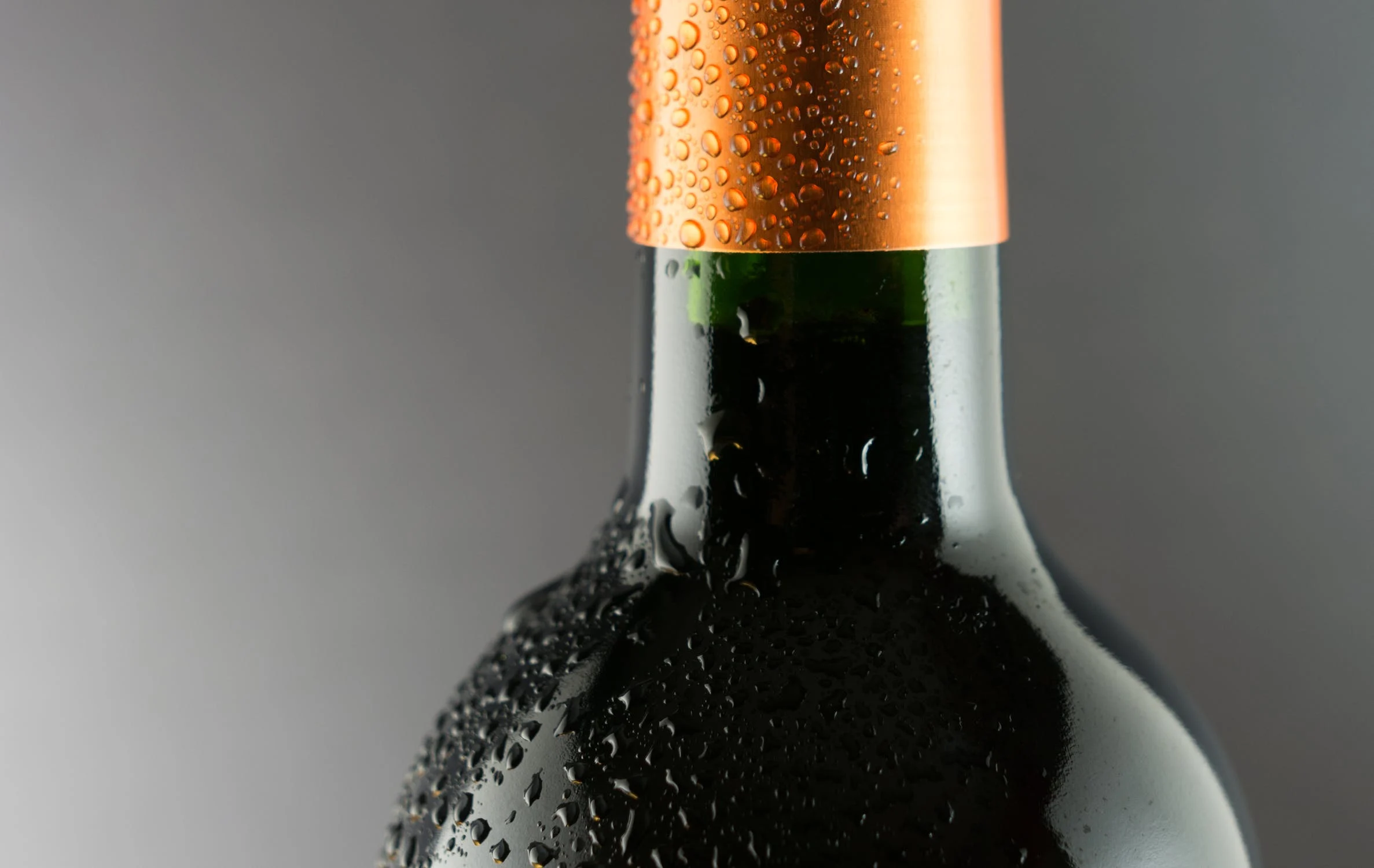

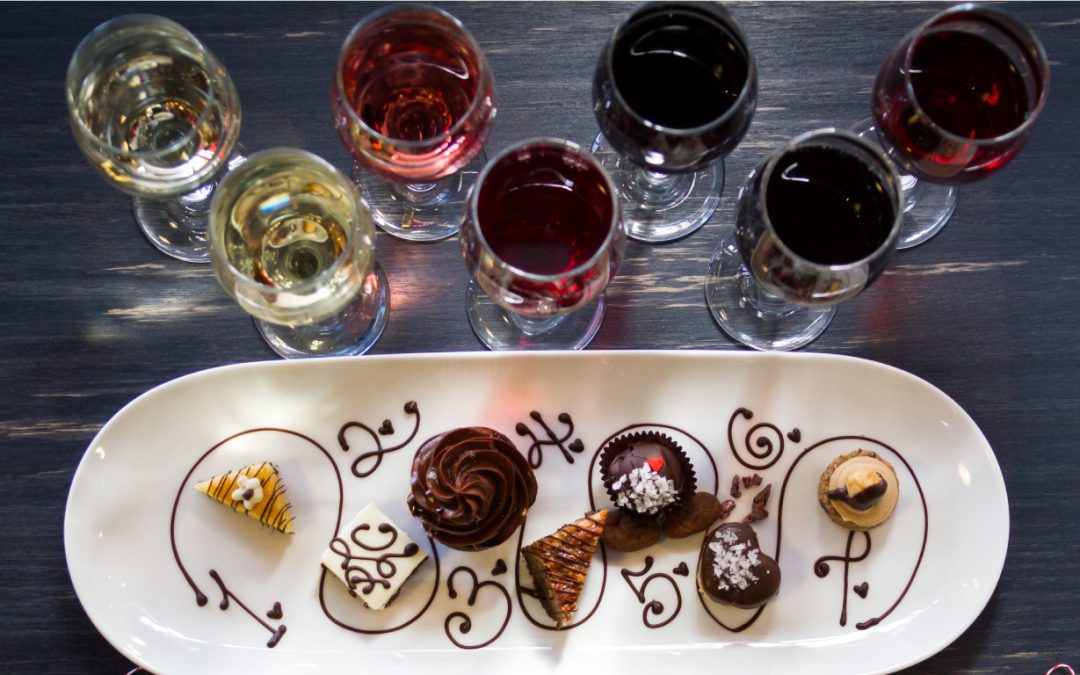
0 Comments